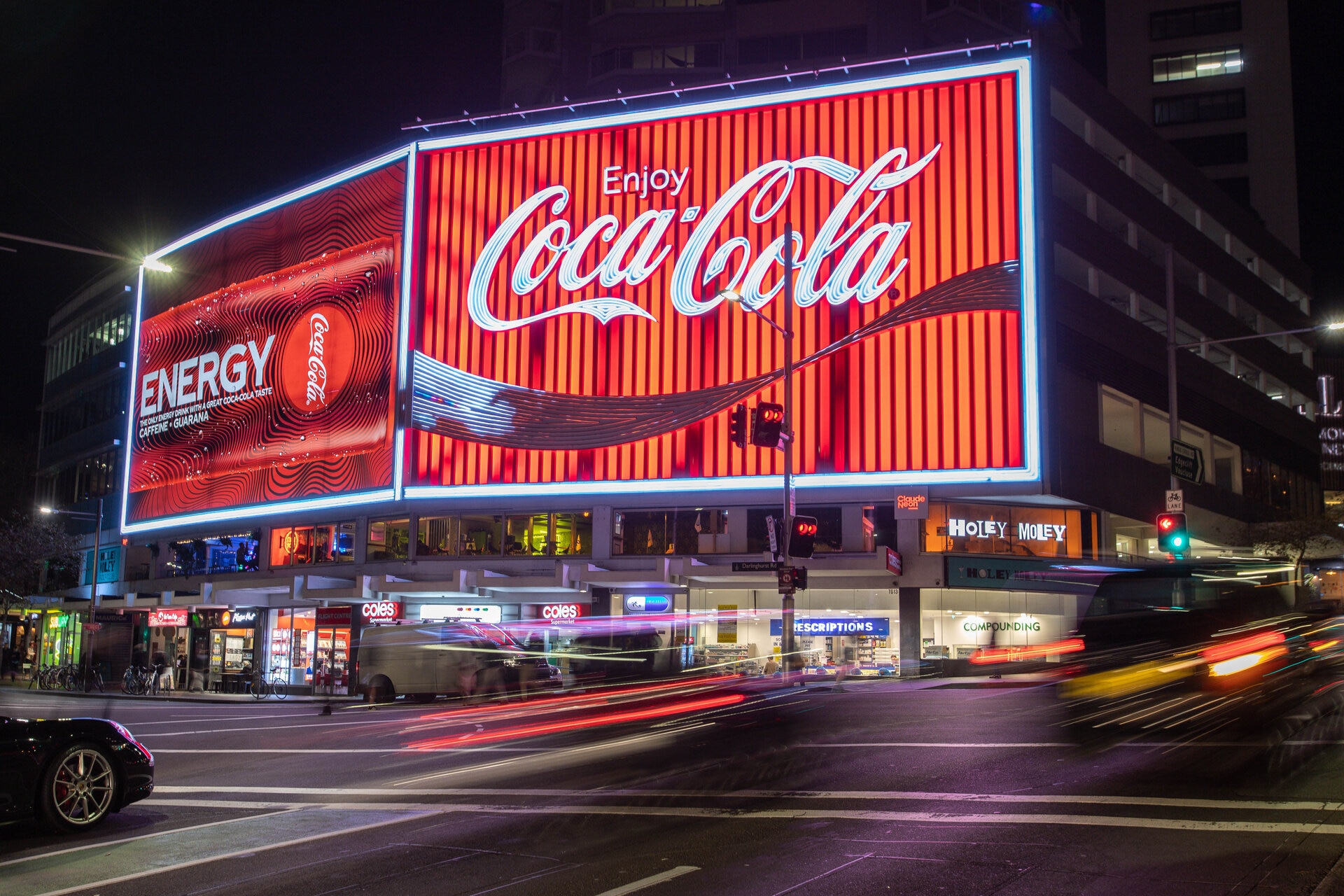In Southeast Asia’s emerging markets, marketers often segment audiences by age or income. But one of the most overlooked — and underestimated — forces shaping brand perception is geography.
Not just big city vs. small town.
But the deep cultural divide between rural and urban experience, especially across generations.
A 25-year-old in Phnom Penh doesn’t think like a 25-year-old in Kampong Cham.
And a 45-year-old in Siem Reap might be closer to Gen Z than we expect — in behavior, if not in style.
Understanding how brand affinity works across geography and generation is essential for building campaigns that resonate beyond urban centers — and for avoiding assumptions that flatten audiences into false uniformity.

Why Rural vs Urban Matters More Than Ever
Urbanization in Cambodia, Laos, and Vietnam is expanding — but not at the same cultural pace as digital access. Rural consumers are now digitally connected, but culturally grounded in different values, routines, and reference points.
Meanwhile, urban consumers are bombarded by global influence, faster trend cycles, and higher lifestyle pressure.
And yet, both are influenced by family, faith, and social roles — just in very different ways.
Generational Layers Within the Divide
Urban Gen Z and Millennials
- Quick adopters of global trends, tech, and aesthetic minimalism
- Responsive to narrative and identity-driven branding
- Emotionally drawn to self-expression, lifestyle fit, and experience-first products
- Brand discovery often happens via TikTok, Instagram, or friend groups
Rural Gen Z and Millennials
- Digitally active, but still deferential to tradition and family norms
- Product-led preference: they trust what works and what others use
- Visual culture is bolder, more colorful, and more literal
- Facebook and Telegram dominate, with TikTok on the rise
Urban Gen X+
- Familiar with brand storytelling, but still value function, price, and proof
- Brand affinity built on confidence, familiarity, and minimal risk
- Influenced by both local media and younger family members’ preferences
Rural Gen X+
- Risk-averse and habit-driven
- High loyalty to legacy brands and products with local roots
- Emotionally responsive to community values, religion, and authority
- Brand affinity passed down across households
What Happens When You Market Without Understanding This?
- A sleek “modern” design might feel premium in Phnom Penh — but empty in Prey Veng
- Emotional storytelling may resonate in cities — but be confusing to rural audiences who want clear benefit
- Humor that feels clever in Gen Z circles may appear disrespectful to older rural viewers
- Voice and tone that feels “on trend” in urban feeds may alienate, confuse, or even offend elsewhere
Affinity is contextual trust — and it’s shaped by lived experience, not just screen time.
Strategic Takeaways for Brands
1. Design for Dual Resonance
Build creative systems that flex by region — not just one-size-fits-all campaigns. Your brand can speak to both ends of the divide if your message is anchored in shared values, then adapted in tone and expression.
2. Work With Local Voices
Creators and community leaders with rural reach can provide essential nuance, language cues, and cultural calibration. They’re not just influencers — they’re cultural translators.
3. Map Preference, Not Just Penetration
Just because a product is distributed everywhere doesn’t mean it’s liked everywhere. Invest in understanding why your brand is chosen — and where it’s simply tolerated.
4. Respect Everyday Realities
Urban narratives about independence, ambition, and self-identity don’t always land in rural spaces where family, resilience, and practicality matter more.
Final Thought: Don’t Assume Affinity — Learn It
There is no such thing as “the Cambodian consumer.”
There is no typical Gen Z, or universal middle-class mindset.
There are layers. There are contrasts.
There are voices waiting to be heard — if brands are willing to listen, learn, and localize.
If you want to build real affinity, don’t just adapt your ad.
Adapt your understanding.





